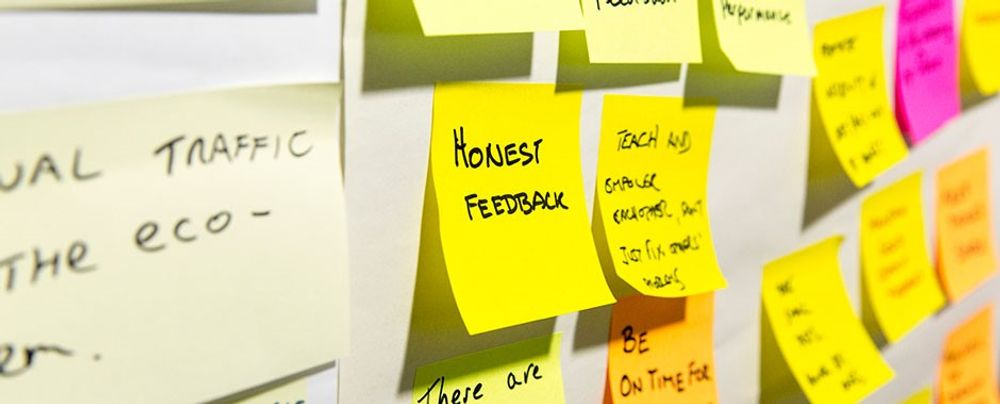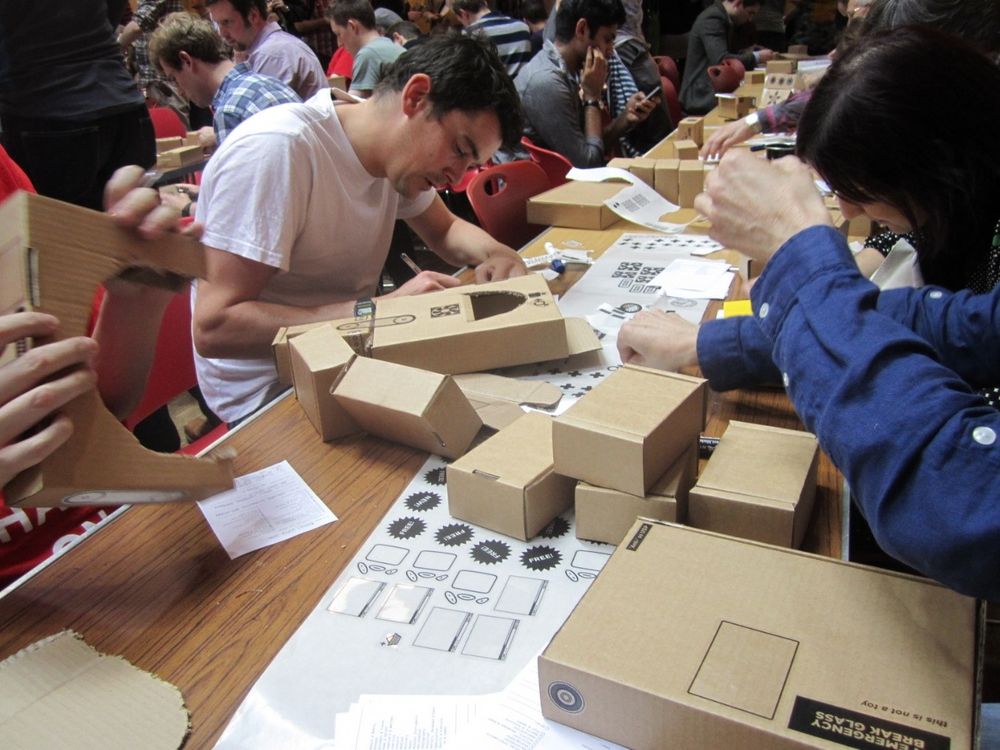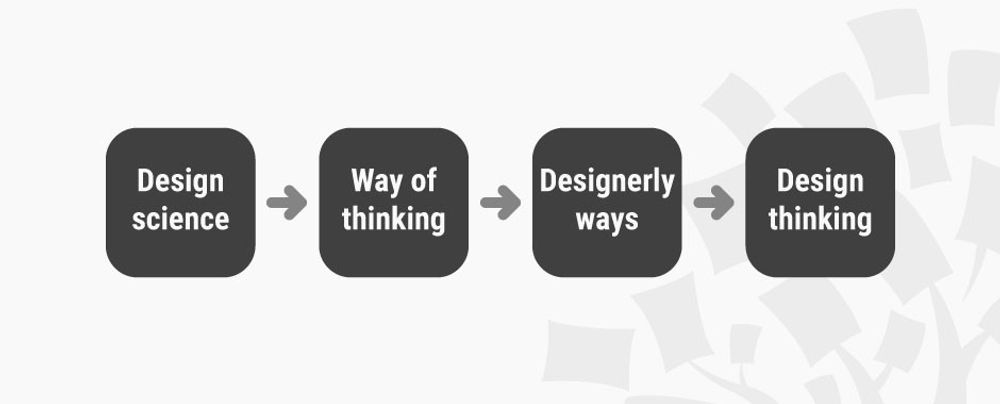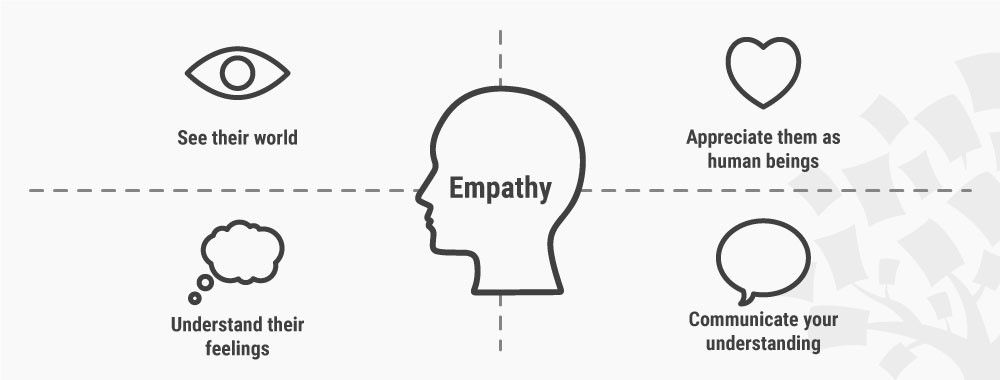There are many ways we get stuck into patterns of thinking and doing, making innovation difficult. Not so very long ago, most people assumed that humans would never be able to fly. Today, we fly in air balloons, planes and spaceships. It's easy to keep doing things the way they've always been done, and to be comfortable with keeping things that way. Change can be scary and challenging to grapple with, though it is something we need to become increasingly comfortable with, considering the rapidly changing environments we find ourselves in.
The accelerated nature of change means we no longer have the luxury of keeping things the way they are. We should look at the way we see things as just one of the many possible ways, and consider whether the assumptions we make about how things should be and how they should work may well be what is preventing the positive change we seek. Tradition may provide our species with foundations, but it has a nasty habit of throwing up walls here and there.
Why Challenge Assumptions?
Some of the most established characteristics of products, services, business models, environments and just about any other designable thing are subject to change at any given time. Not too long ago, the following questions were quite thought-provoking, and some would call the questions downright stupid: Do doors always have to have handles? Should taps always be hand-operated? Do phones really need to have a cable? Do cars have to have a driver and a steering wheel?
The new frontier of innovation is smashing assumptions we have about how things should be and coming up with disruptive ways of arriving at the same goals in ways we never considered possible. Sometimes, this completely re-invents the entire concept of achieving that goal.
Design Thinking celebrates ideation techniques such as Challenging Assumptions, Worst Possible Idea and SCAMPER, all of which help us as designers to be creative and use our imaginations by questioning the status quo. It’s not stupid at all to ask so-called “stupid questions” which help us challenge the status quo. These ideation techniques are lateral thinking techniques which help us to stand back, look at the big picture and understand concepts. These methods help us focus on the parts that have perhaps been overlooked. They help us challenge our assumptions and seek alternatives. The Design Thinking process helps us to avoid getting lost in space while continuously helping us in focusing on our users, their needs and our insights about them which we’ve derived from research in the Empathize phase and our definitions which we’ve synthesized in the Define phase of design thinking.
“I keep encountering people who jump to solutions and who fail to question assumptions—engineers, business people, and yes, designers (and design students). These encounters made me reconsider. I observed design students who were acting mindlessly, simply doing their assignments as presented. No creativity, no imagination, no questioning. That's not what design thinking is about. As a result, I have changed my mind: Design Thinking really is special.”
– Don Norman, in Rethinking Design Thinking
When
Take a step back from the challenge you're tackling and ask some important questions about the assumptions you have about the product, service or situation where you're trying to innovate.
Challenging assumptions when you are stuck in current thinking paradigms or when you have run out of ideas is particularly effective. Therefore, it is good for rebooting a flagging session.
“Are the characteristics we take for granted about these things really crucial aspects, or are they just so because we've all become accustomed to them?” “Do people really always have to wear identical socks on both feet?—or even identical shoes, for that matter? Are socks even necessary?”
These kinds of questions may sound silly, and many of the assumption busters you may come up with may indeed be silly, until you come up with something that really makes the entire team sit up straight and say, "Hey, why call it ‘ABC’? What if it’s really ‘XYZ’?"
You have to ask a few dumb questions before you reach the insightful ones, as Don Norman likes to put it. It's not that any of the questions are really dumb, though; it’s just that it takes some experimentation before a different yet viable way of looking at things rears its head.
How
1. List assumptions:
Remember that everything is a perspective. The one and only “truth” does not exist. Even this statement is a perspective, or a belief. Typical assumptions include:
That it is impossible to do something—particularly within constraints such as time and cost.
That something works because of certain rules or conditions.
That people believe, think or need certain things.
2. Challenge assumptions: Assume that you can overcome and challenge all assumptions.
Ask questions like:
“How could this not be true?”
“What if we could do this twice as well in half the time?”
3. Find ways of making the challenge a reality: The real challenge is to make it happen in reality. Use this very same principle again.
Do you want to learn how you can get started using the Challenge Assumptions method? Then download and print our Challenge Assumptions template:
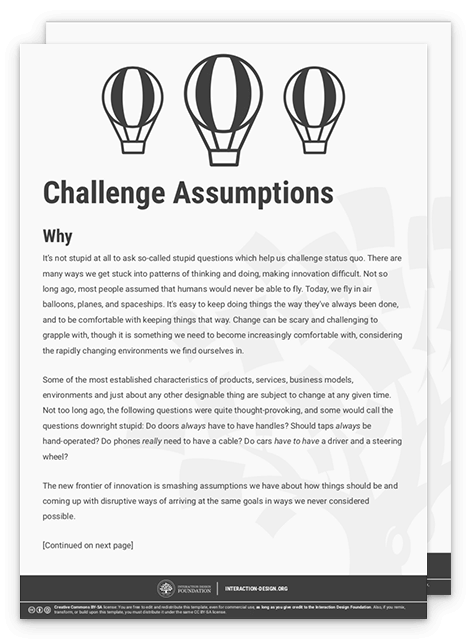

The Take Away
Some of the most established characteristics of products, services, business models, environments and just about any other designable thing are subject to change at any given time. The ideation technique Challenge Assumptions will help you innovate and generate new ideas by challenging the assumptions in your designs, services and problems, which no longer have to be the one and only “truth”. Perspectivism is the term coined by Friedrich Nietzsche in developing the philosophical view that all ideations take place from particular perspectives.
“In so far as the word ‘knowledge’ has any meaning, the world is knowable; but it is interpretable otherwise, it has no meaning behind it, but countless meanings.—‘Perspectivism.’ It is our needs that interpret the world; our drives and their For and Against. Every drive is a kind of lust to rule; each one has its perspective that it would like to compel all the other drives to accept as a norm.”
— Friedrich Nietzsche, The Will to Power, §481 (1883–1888)
References & Where to Learn More
Bryan Mattimore. Idea Stormers: How to Lead and Inspire Creative Breakthroughs, 2012.
Haakon Faste, Chainstorming! Cheatstorming!, 2013
Don Norman. Rethinking Design Thinking, 2013
Assumption-busting at CreatingMinds.org
Friedrich Nietzsche, The Will to Power, 1901, translation by Walter Kaufmann
Images
Hero Image: © Moyan Brenn, CC BY 2.O




